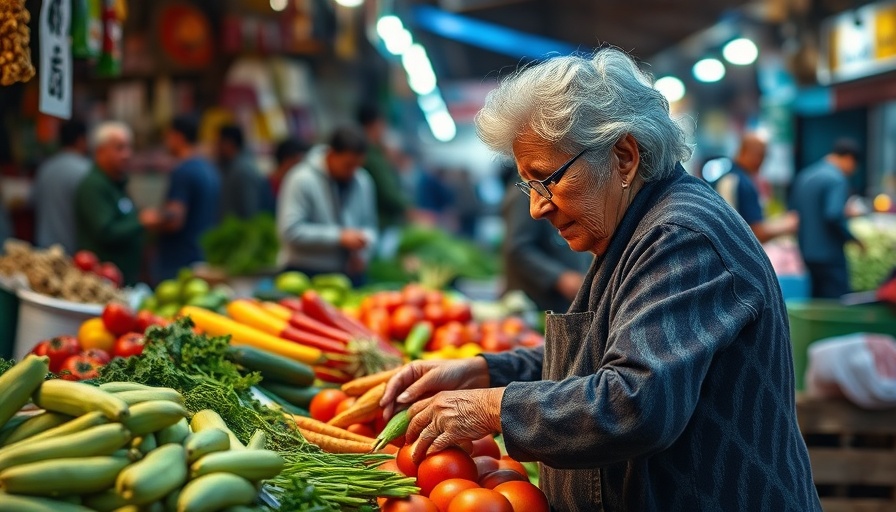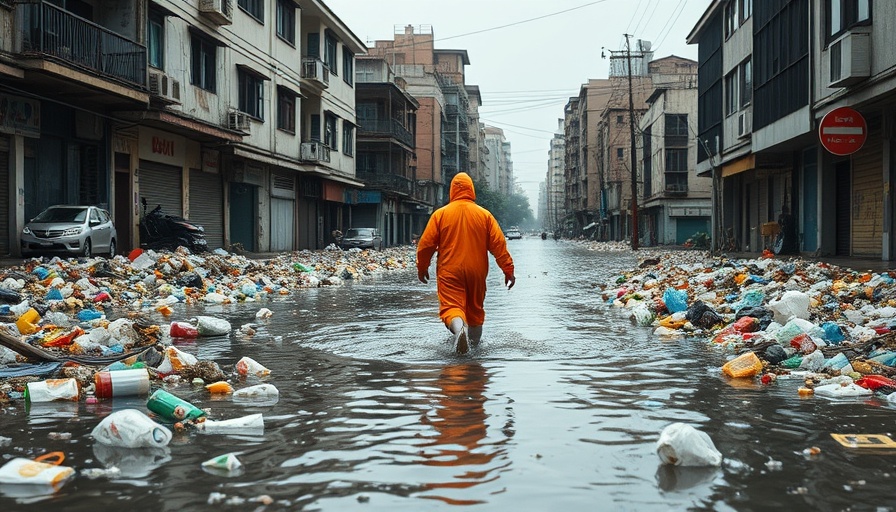
The Global Hunger Landscape: Understanding the Shift
In recent years, data shows a positive trend in the fight against global hunger, which peaked during the height of the COVID-19 pandemic in 2020 and 2021. According to the latest State of Food Security and Nutrition in the World (SOFI) report by various UN agencies, significant progress has been achieved since then, with an overall decline in hunger levels. However, a staggering 2.3 billion people still experience food insecurity globally, highlighting the unevenness of this progress.
Charting the Numbers: A Closer Look
Five compelling charts from the SOFI report demonstrate the current state of food security. The report tracks the number of undernourished individuals from 2005 to 2024 and categorizes data by world regions. It shows that after years of decline, hunger surged dramatically in 2020, driven by pandemic-related disruptions. Yet, the latest evaluations indicate the number of undernourished people is now estimated between 638 million to 720 million as of 2024, down from 688 million the year prior. This reduction, while positive, is tempered by warnings that hunger crises remain particularly acute in regions like Africa and western Asia.
Identifying Key Drivers of Food Insecurity
The SOFI report points to several critical factors contributing to food insecurity. Rising food prices, influenced by costs of energy and fertilizers, strain household budgets. For many, this precarious economic situation exacerbates food access challenges. Additionally, climate change remains a persistent threat, disrupting agricultural productivity and leading to higher volatility in food supplies.
The Uneven Progress: A Global Concern
While regions such as southwest Asia and Latin America show improvements, others lag significantly in addressing hunger. The report indicates a projected rise in chronic hunger by 2030, estimating nearly 512 million people might experience severe food shortages. Understanding these trends and regional disparities is crucial for crafting effective international aid policies and food security strategies.
What This Means for Sustainable Solutions
The situation calls for an urgent need for sustainable practices. Transitioning towards sustainable agriculture, enhancing food production without depleting natural resources, and promoting eco-friendly policies can significantly contribute to improving food security. Moreover, employing strategies like circular economy principles and reducing food waste can also mitigate the looming food crisis.
Supporting Sustainable Development Goals
Efforts to streamline access to healthy food are integral to achieving the Sustainable Development Goals (SDGs), especially the goal of zero hunger. Governments, organizations, and communities must collaborate to implement sustainable solutions that are accessible to vulnerable populations, encouraging the adoption of eco-friendly products and supporting local economies.
A Call to Action
The fight against food insecurity is not just a matter for governments and organizations; it requires collective action from society. As individuals, we can contribute by supporting sustainable food systems, advocating for fair trade practices, and making informed food choices that prioritize environmental stewardship. This is a pivotal moment; we must act responsibly to ensure a sustainable and equitable future for all.
Join us in exploring the urgent realities of food insecurity and how embracing a sustainable lifestyle can make a difference. Together, we can amplify the reach of sound policies and robust community initiatives aimed at combating this critical issue.
 Add Row
Add Row  Add
Add 



Write A Comment